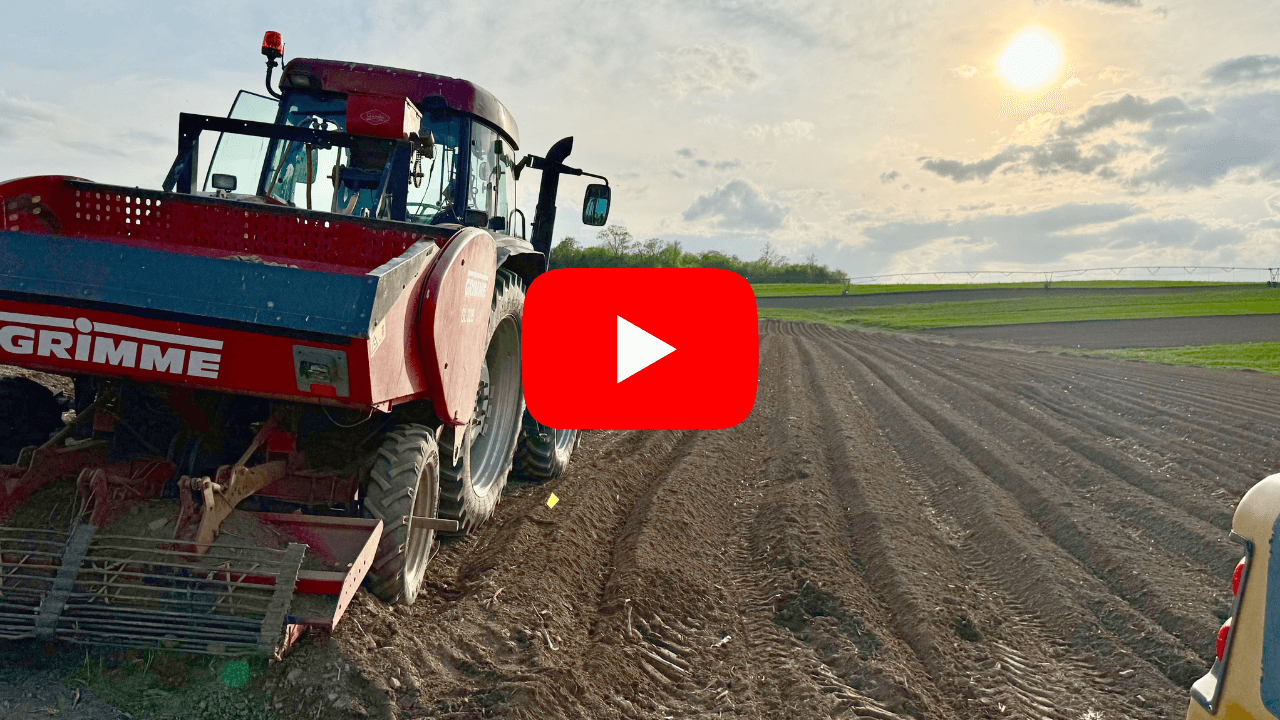Are Antibiotics in Meat Harming Your Health?
posted on
March 5, 2025
The first antibiotics were licensed for use in animal feed in 1948. This came shortly after World War II, and they were quickly discovered to prevent illness in commercial chicken houses. With these discoveries, farmers could grow more chickens in a tighter area and, most importantly (to them) faster. This was one of the first steps in commercializing the entire farming system in the USA.
Without knowing the long-term effects, farmers, alongside large-scale meat contractors, began using antibiotics in all production areas. From dairy to poultry, antibiotics soon took over big AG.
Today, I want to discuss antibiotics and their connection to meat. (and why you should say NO!)

In conventional farms, all types of livestock are given antibiotics to protect them from illness. On most farms, animals are often treated as needed. However, some farms use a blanket approach that treats both sick and healthy animals.
Drug manufacturers require all animals that have received antibiotics to undergo a strict withdrawal period to ensure the antibiotics are expelled from the animal and reach a “safe” level before their products are deemed fit for consumption. Leaving only a trace of antibiotic residue for us humans to process.
So, what’s the problem with antibiotics in meat?
First and foremost, we remain uncertain about the long-term effects of these trace levels of antibiotics in meat and their impact on humans who ingest it daily.
Antibiotic resistance is a major concern today, arising from people eating the products themselves and resistant bacteria entering our environment. This happens when the bacteria in the animal becomes resistant to the antibiotic given and then leaves the animal through its feces, urine, or saliva. These newly resistant bacteria can then be transmitted to us humans through the air, water, or even our food!
Click the link below to read an article featuring the former Chief Medical Officer of England discussing her concerns about antibiotic resistance.
Another problem with antibiotics (and in my opinion, the most important) is the quality of the final product. Broad-spectrum antibiotics commonly used can injure or kill the different types of microbiology in an animal. This means the essential microbes in an animal's gut can be almost entirely wiped out by the antibiotic, critically affecting the animal's ability to digest and capture nutrients from the feed.
Animals raised in a system using antibiotics often reach their marketable weight faster; however, without the essential gut microbes, their meat and other products are significantly less nutrient-dense than their natural counterparts.
Finally, farming practices and animal quality of life are significant concerns regarding antibiotic use. Many people think that by not giving animals antibiotics, farms are creating poor environments and not properly caring for their animals. That’s simply not true.
Farmers who avoid using antibiotics in their livestock, like us, must take proactive steps to prevent their animals from falling ill. However, as you know, we do not live in a perfect world and animals do get sick. If we encounter the rare sick animal on our farm, we will give them the proper treatment to get them back to health. The animal is then culled from our herd and sold to another farmer.
To limit and some years even eliminate the need to remove animals from our herd, we employ practices such as pasture raising, daily movements, and a careful monitoring system to ensure our animals can fight off any harmful bacteria that may come their way.
Keeping the livestock out in the pasture gives them access to sunshine, fresh air, and nutrient-rich feed. This helps them naturally boost their immune system and in turn, significantly limits the chances of the animals getting sick.
Moving the herd daily helps prevent the spread of harmful bacteria. After a section of land is grazed, it will not see animals for at least another two to three months, providing ample time for recovery. Besides healing the land, these daily moves allow us to observe each animal as it passes by, allowing us to closely monitor the herd's health.

In closing, there are many drawbacks to eating products from animals raised with antibiotics. For better animal welfare, a guaranteed antibiotic-free product, and a higher nutrient density -




